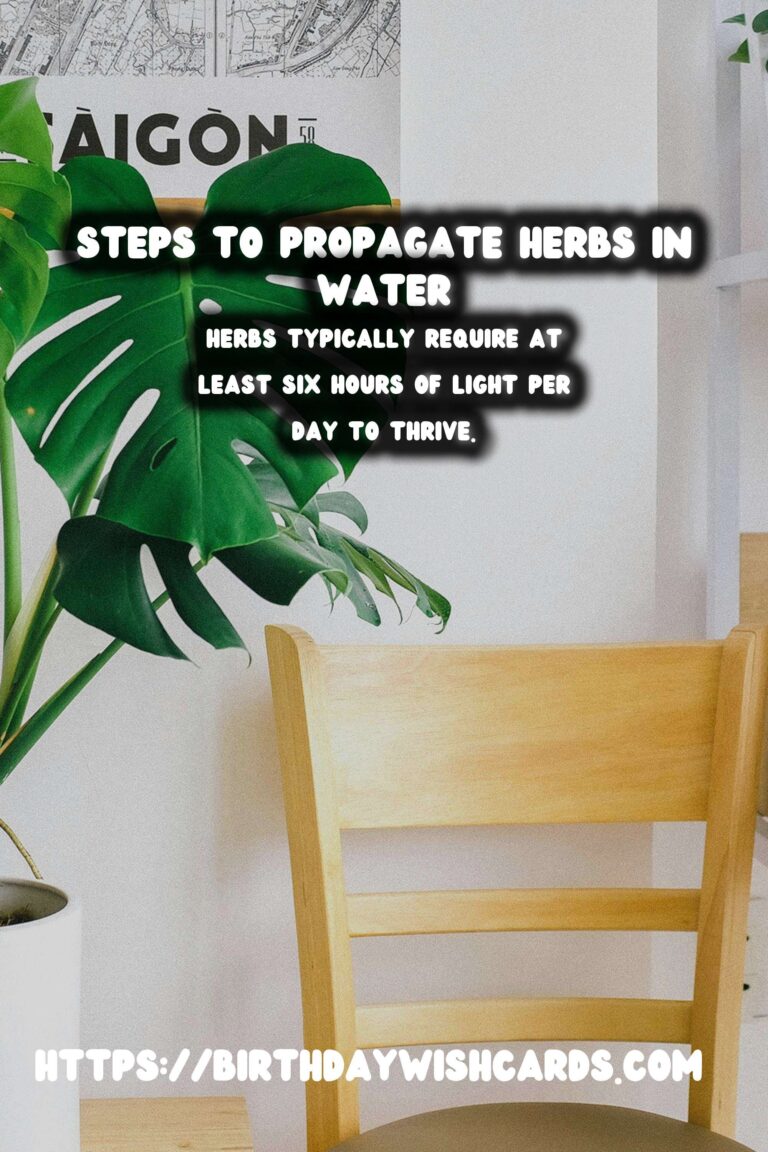
Have you ever wanted to grow your own herbs but felt intimidated by the process? Propagating herbs in water is an easy and effective way to expand your gardening skills and enjoy fresh herbs year-round. By following a few simple steps, you can create a thriving indoor garden with minimal effort.
Why Propagate Herbs in Water?
Propagating herbs in water is a popular method for several reasons. First, it allows you to grow herbs indoors, making them accessible even in urban environments. Second, it’s a low-cost method that requires minimal materials. Finally, water propagation lets you observe root development, which can be both educational and satisfying for novice gardeners.
Choosing the Right Herbs
Not all herbs are equally suited for water propagation, so it’s essential to choose the right ones to ensure success. Some of the best herbs to propagate in water include:
- Basil: Known for its fragrant leaves, basil is an excellent choice for water propagation.
- Mint: With its refreshing aroma, mint thrives in water and quickly develops roots.
- Oregano: This robust herb is easy to propagate and adds a flavorful punch to dishes.
- Rosemary: Although slower to root than other herbs, rosemary can be propagated in water with patience.
Materials Needed
To get started with propagating herbs in water, gather the following materials:
- Healthy herb cuttings (3-6 inches long)
- A clean glass jar or container
- Fresh, room-temperature water
- A sunny windowsill or a grow light
- Optional: Rooting hormone (for herbs that are slower to root)
Step-by-Step Guide to Propagating Herbs in Water
Step 1: Select Healthy Cuttings
Choose healthy, vibrant cuttings from mature herb plants. Ensure each cutting is 3-6 inches long and has at least two sets of leaves.
Step 2: Prepare the Cuttings
Remove the leaves from the lower half of each cutting, as these could rot when submerged in water. If desired, dip the cut ends in rooting hormone to encourage faster root development.
Step 3: Place Cuttings in Water
Fill a clean glass jar or container with fresh, room-temperature water. Submerge the cut ends of the cuttings in the water, ensuring that no leaves are touching the water’s surface.
Step 4: Provide Adequate Light
Place the jar on a sunny windowsill or under a grow light. Herbs typically require at least six hours of light per day to thrive.
Step 5: Monitor and Change Water
Check the water level regularly and top it off as needed to keep the cuttings submerged. Change the water every few days to prevent stagnation and bacterial growth.
Step 6: Watch for Root Development
Roots should begin to form within one to two weeks. Once the roots are a few inches long, the herbs are ready to be transplanted into soil or left to grow in water.
Transplanting Herbs (Optional)
If you prefer to transplant your herbs into soil, follow these steps:
- Choose a pot with drainage holes and fill it with well-draining potting soil.
- Gently remove the herb cuttings from the water and plant them in the soil at the same depth they were submerged.
- Water the newly planted herbs thoroughly and place them in a sunny location.
Maintaining Your Water-Grown Herbs
If you decide to keep your herbs growing in water, ensure they receive adequate light and change the water regularly. You may also add a few drops of liquid fertilizer every couple of weeks to promote healthy growth.
Conclusion
Propagating herbs in water is a simple yet rewarding way to expand your indoor garden. With the right herbs, materials, and care, you can enjoy a steady supply of fresh herbs for cooking and garnishing. Whether you choose to keep your herbs in water or transplant them into soil, the process is both educational and fulfilling. Happy gardening!
Propagating herbs in water is an easy and effective way to expand your gardening skills. Not all herbs are equally suited for water propagation, so it’s essential to choose the right ones. Propagating herbs in water is a popular method for several reasons. Herbs typically require at least six hours of light per day to thrive. Roots should begin to form within one to two weeks. 
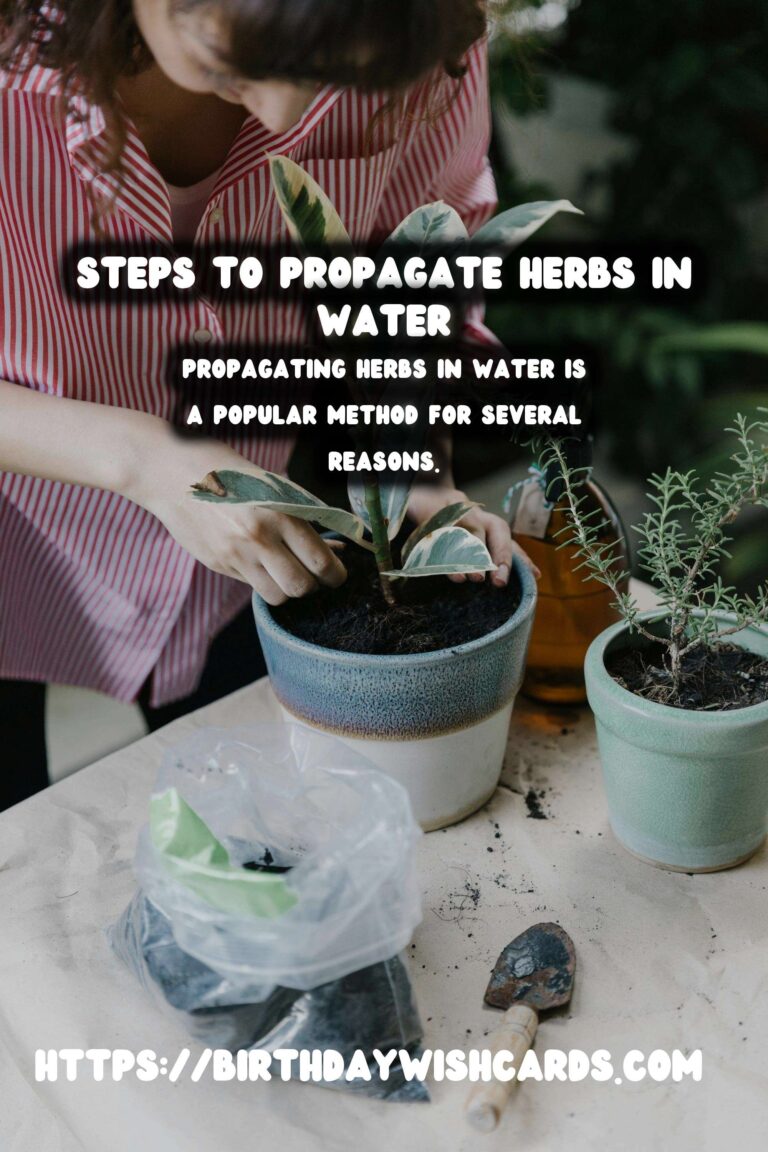
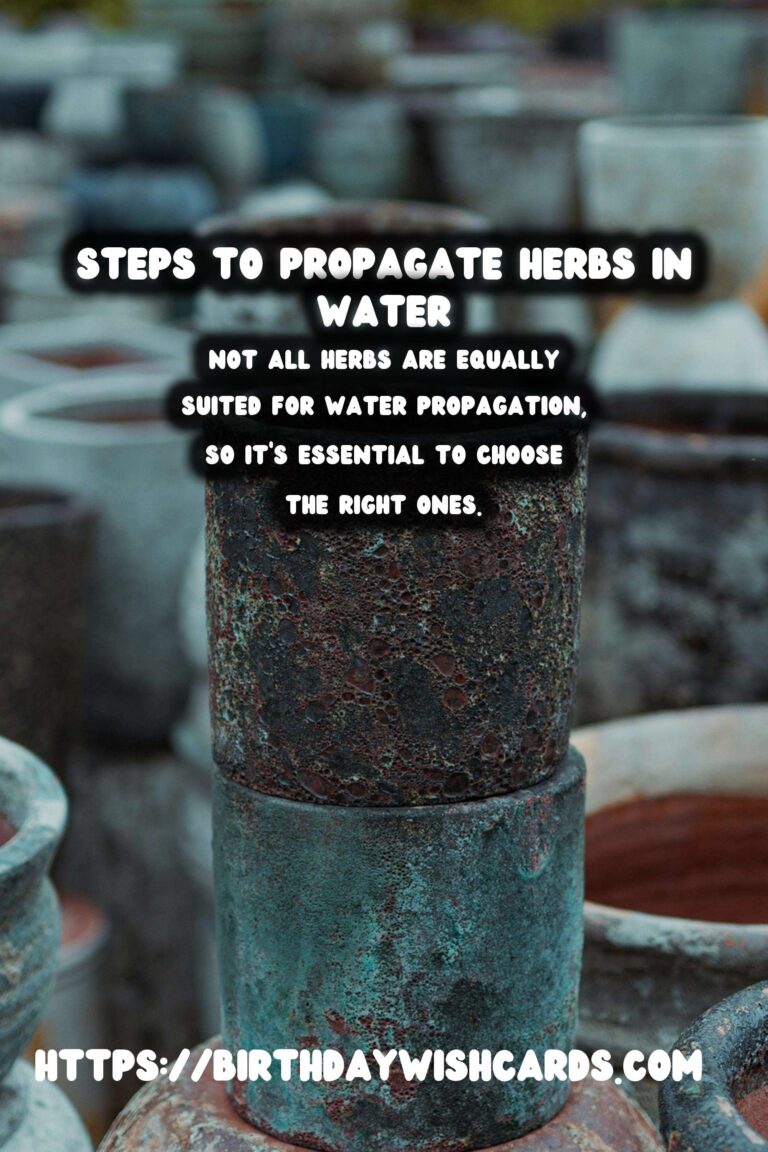
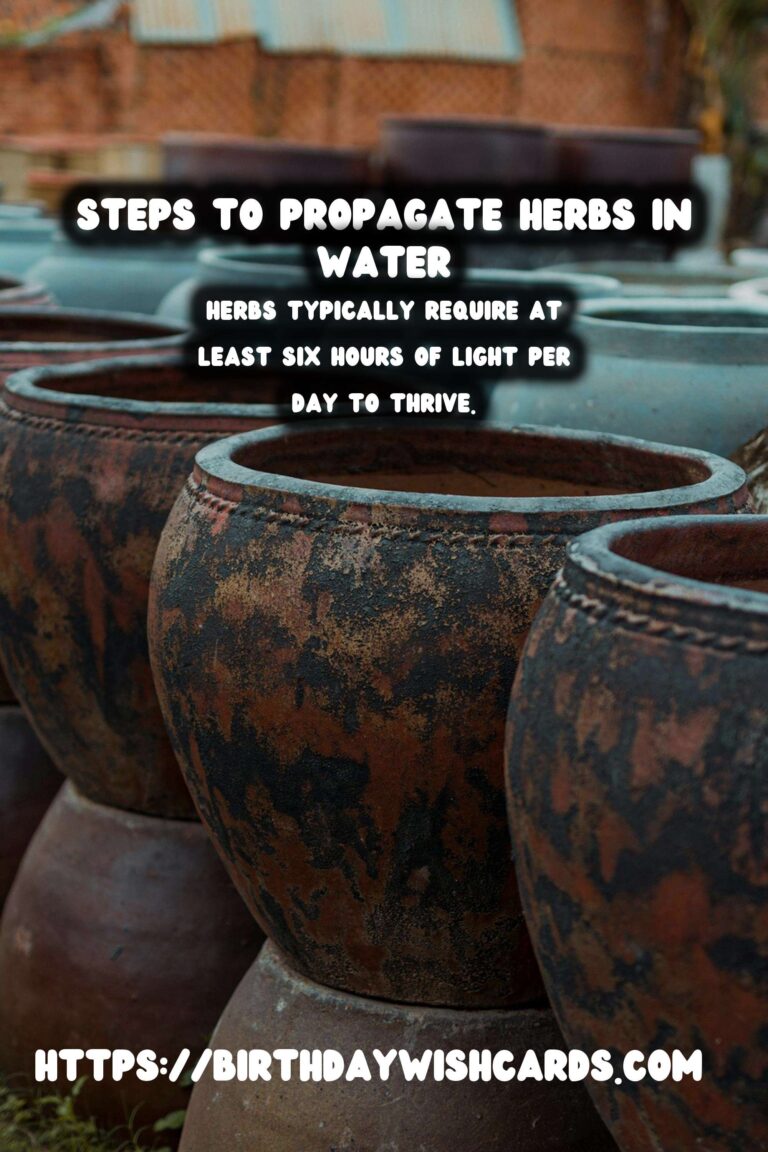
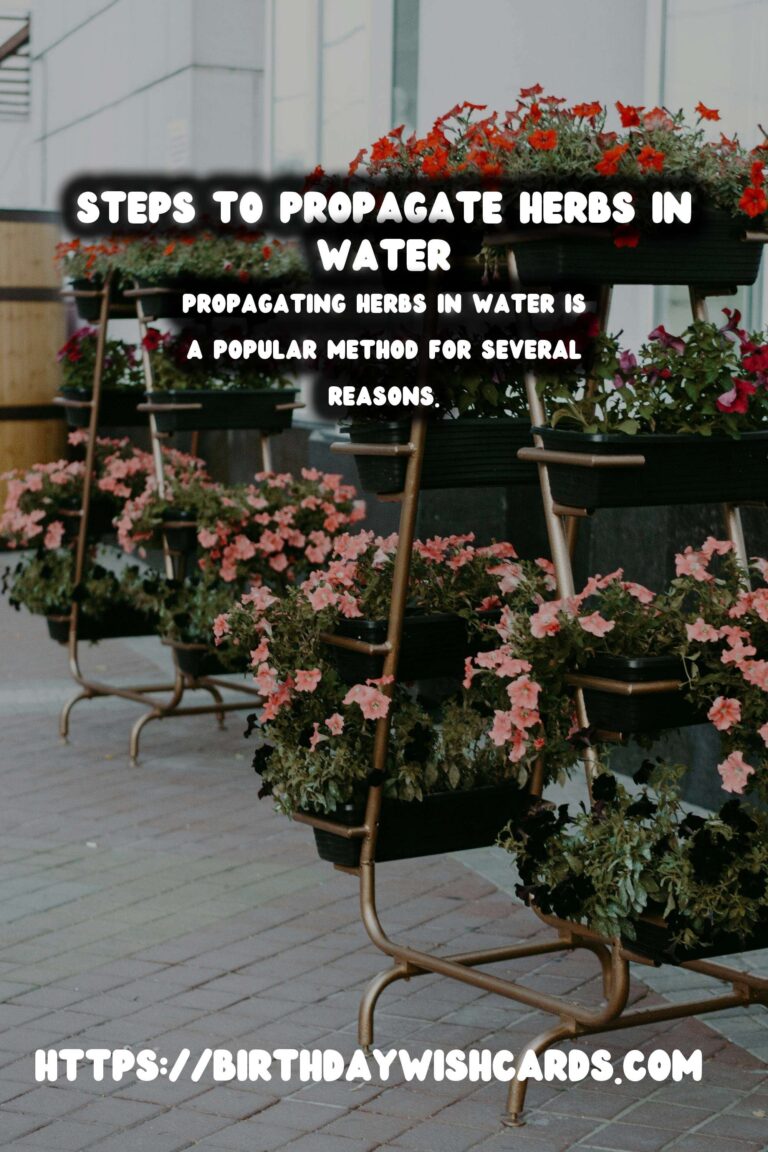
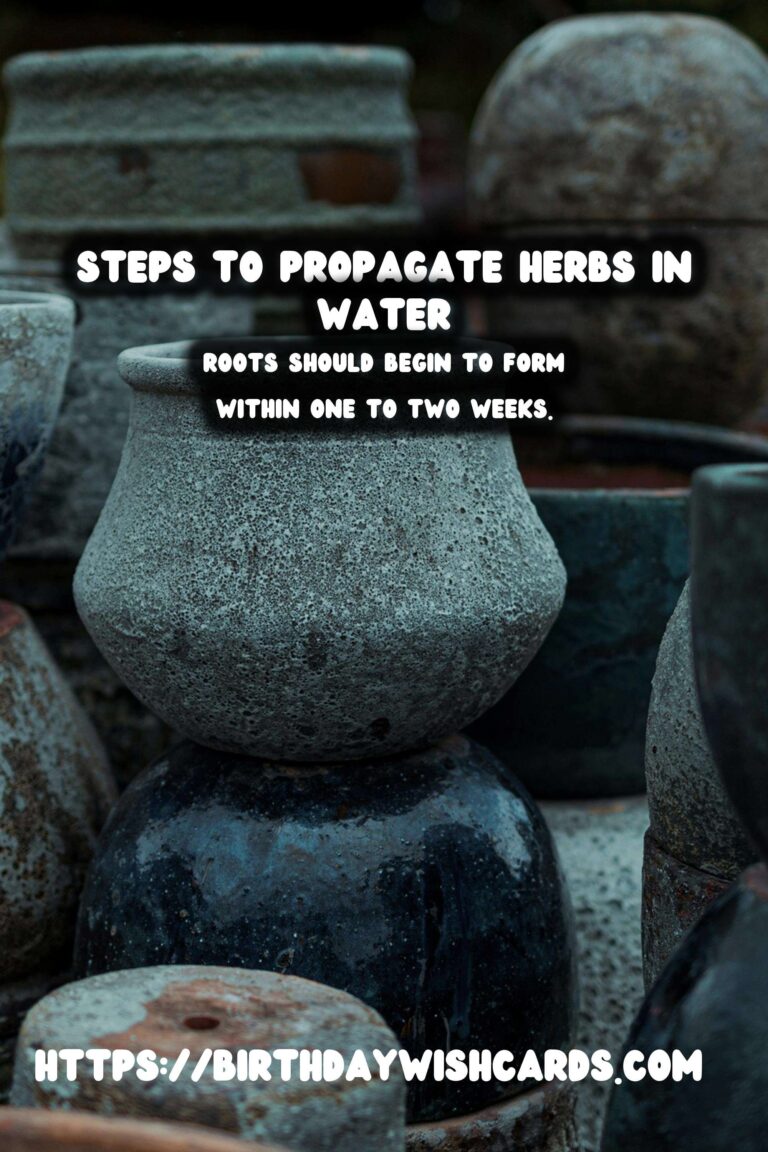

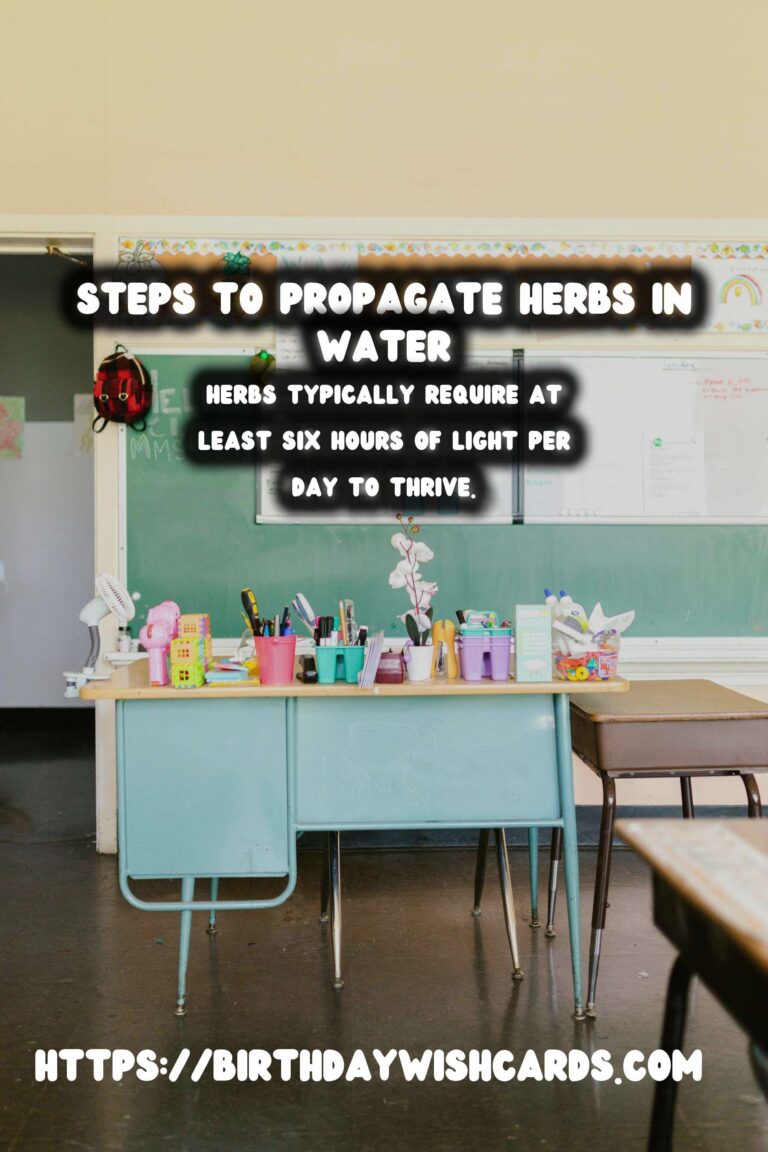

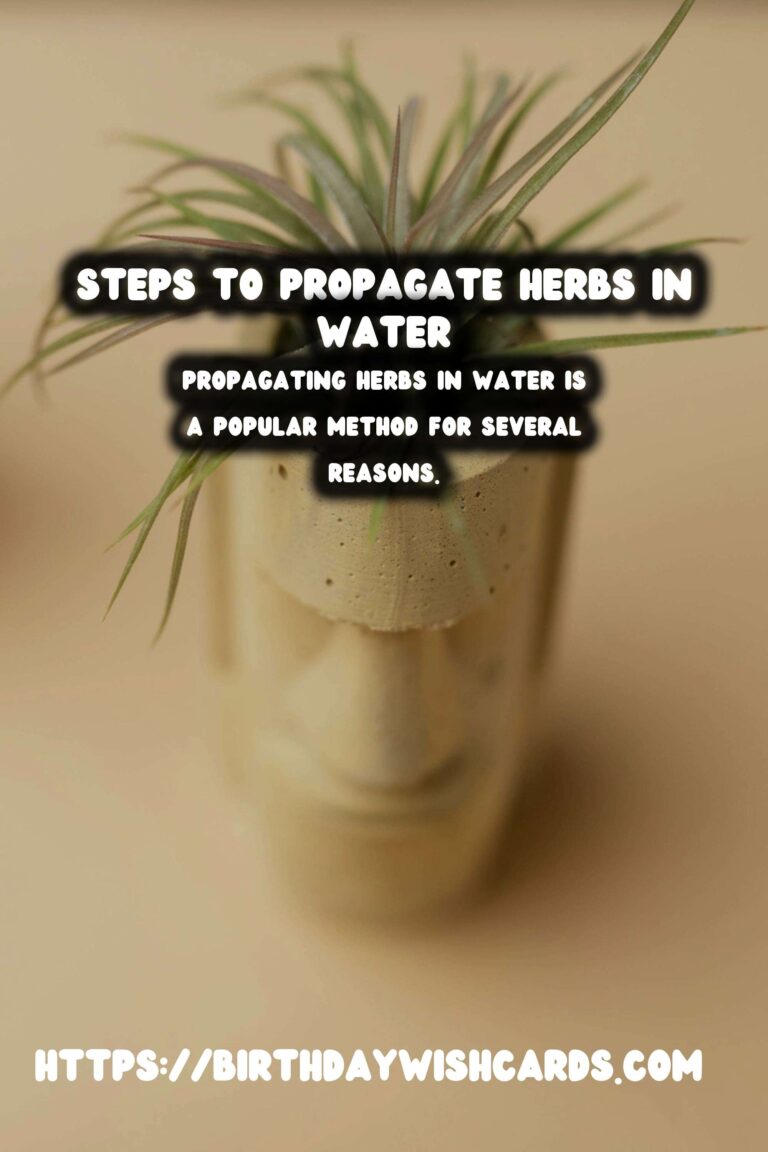
#HerbPropagation #WaterPropagation #IndoorGardening #HerbGardening #GardeningTips




